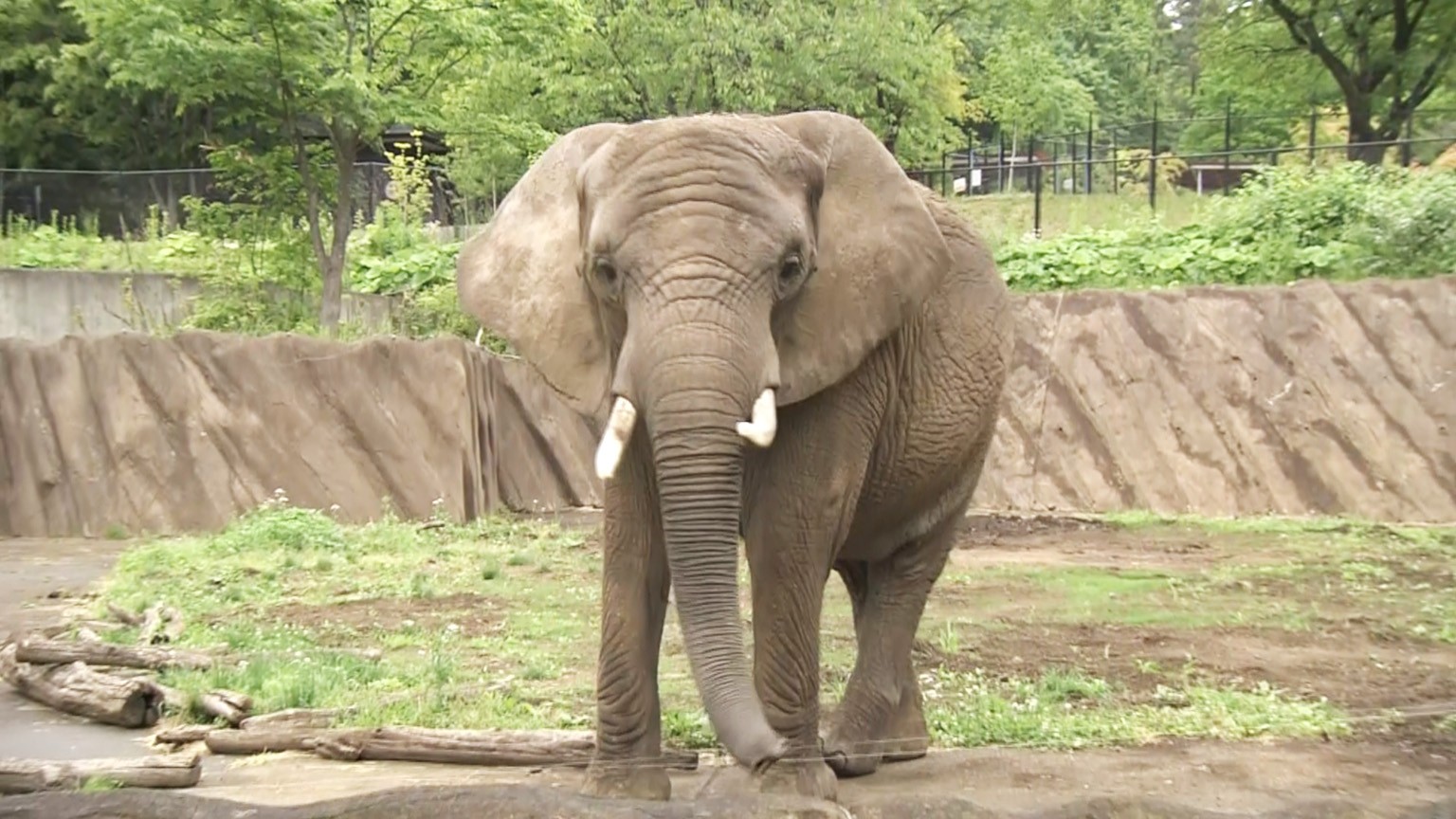So zoos are taking up a new challenge: artificial insemination. After years of preparation, Japan's first such attempt on an elephant was carried out earlier this month.
Years of preparation
Mao is an African elephant at the Morioka Zoological Park ZOOMO in northern Japan, popular with visitors and known as the face of the zoo. But at 22, she is also on the verge of becoming too old to give birth.
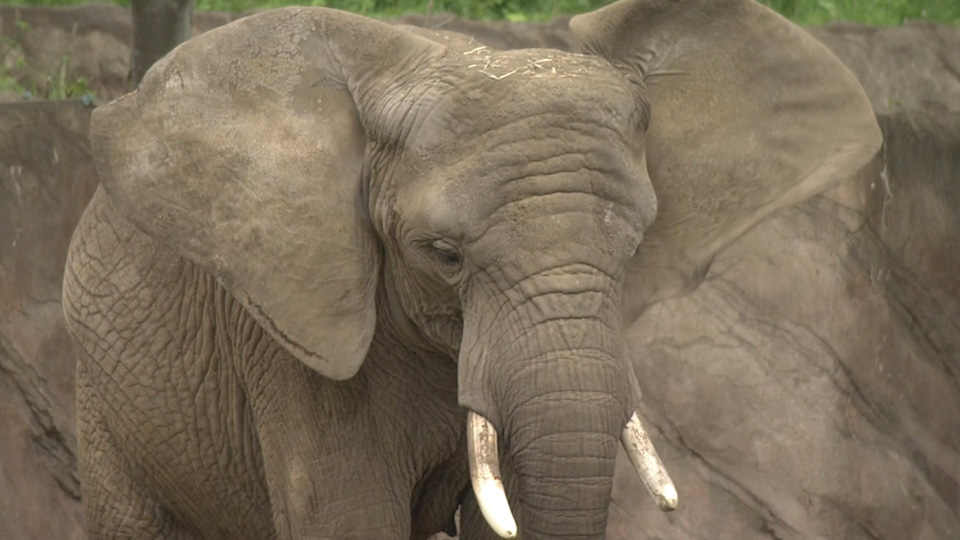
Years of preparation finally led to this month, when Mao underwent a blood test on July 2 to see if she was going into heat — something that only happens a few times a year. The insemination was set for July 4.
Maruyama Kosaku, Mao's keeper, was determined that things would go well.
"We're now very close to the implementation of artificial insemination, which has been six years in the making," he said. "I resolve to do my very best for success."

Trying for the pitter-patter of not-so-little feet
Mao came to Morioka from a Tokyo zoo 18 years ago to breed. It was hoped that she would have a baby naturally with Taro, the Morioka zoo's male elephant, but she was unable to conceive. Breeding efforts suffered another blow six years ago, when Taro died.

According to the Japanese Association of Zoos and Aquariums, the number of African elephants in Japanese zoos has decreased from 69 at their peak to 22 now. Only four of them are male, making it difficult to form pairs.
The zoo therefore turned its attention to artificial insemination. They decided to call experts from abroad to conduct the first attempt in Japan. To ensure success, Mao was given special training.
During insemination, the keeper has to insert an instrument to perform an internal ultrasound of the uterus — a move that requires the elephant to raise its tail so the keeper can get close enough to do so.

Training was conducted once a week for two years to get Mao to raise her tail at a verbal command.
"The first thing we had to do was teach her how to raise her tail - and then to also keep it raised of her own will," said Takehana Hideki, another keeper.
"At that point, they can do what is needed. But we need her to be used to it and not object, so we took it little by little."
On the planned day, access was restricted only to those people involved in order to keep Mao calm.
The insemination itself, using frozen sperm from a wild South African elephant, was done by specialists from Germany including Dr. Frank Goeritz, who had conducted more than 50 similar procedures.
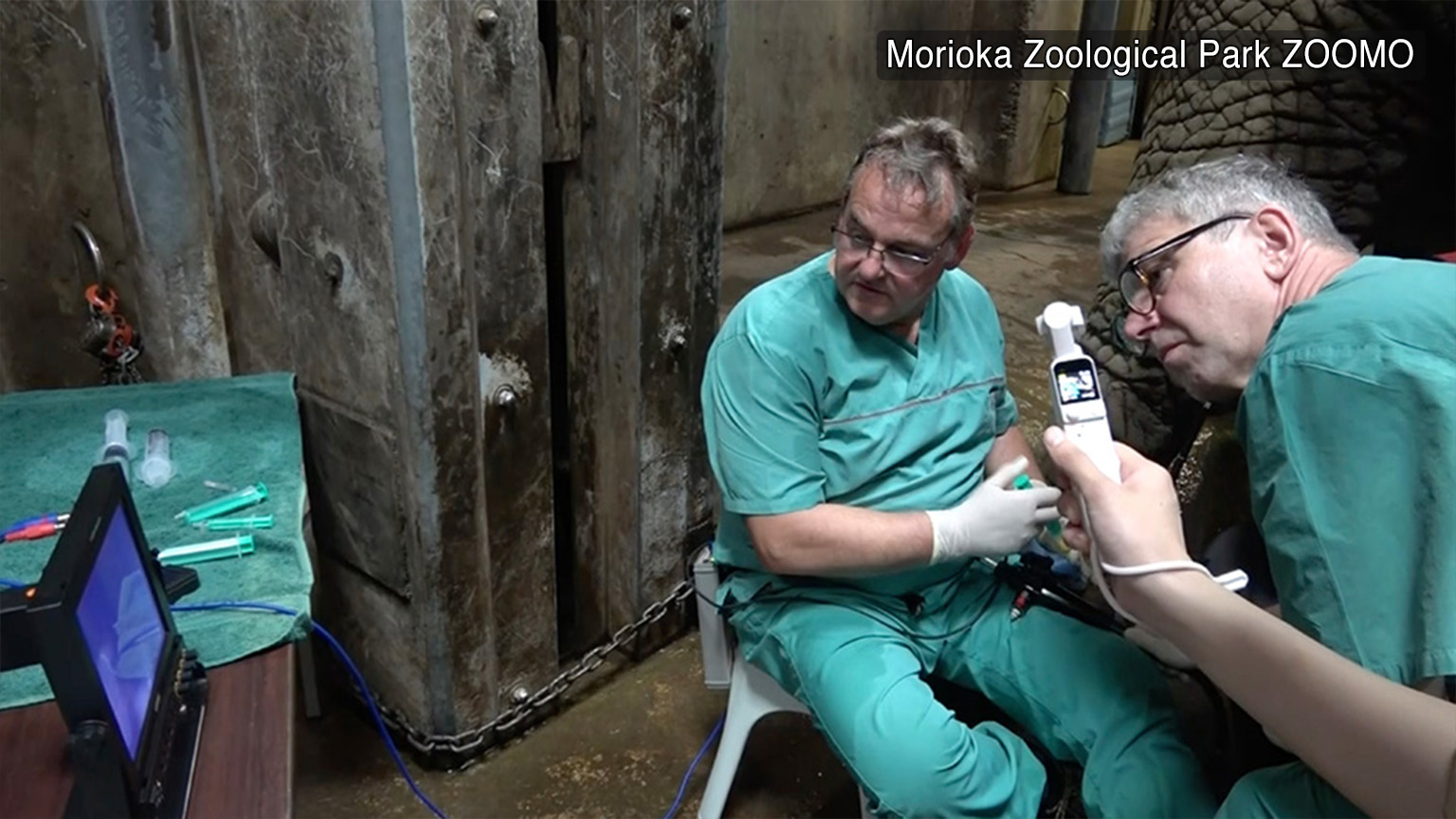
"She is over 20 years old and normally what elephants develop over the time without getting babies, without getting pregnant, they develop a lot of pathologies," he said. "Fortunately, this is not the case here."
Keeper Maruyama was relieved by what he called a good start. "I think one hurdle has now been overcome for other zoos in the country with African elephants to tackle artificial insemination," he said.
Growing efforts and a "frozen zoo"
In recent years, there have been a series of artificial insemination efforts with other animals to keep their numbers from declining.
For example, three years ago, a Japanese grouse at the Ueno Zoo in Tokyo was born using artificial insemination. Another success was a Tsushima Wildcat born at Yokohama Zoo Zoorasia.
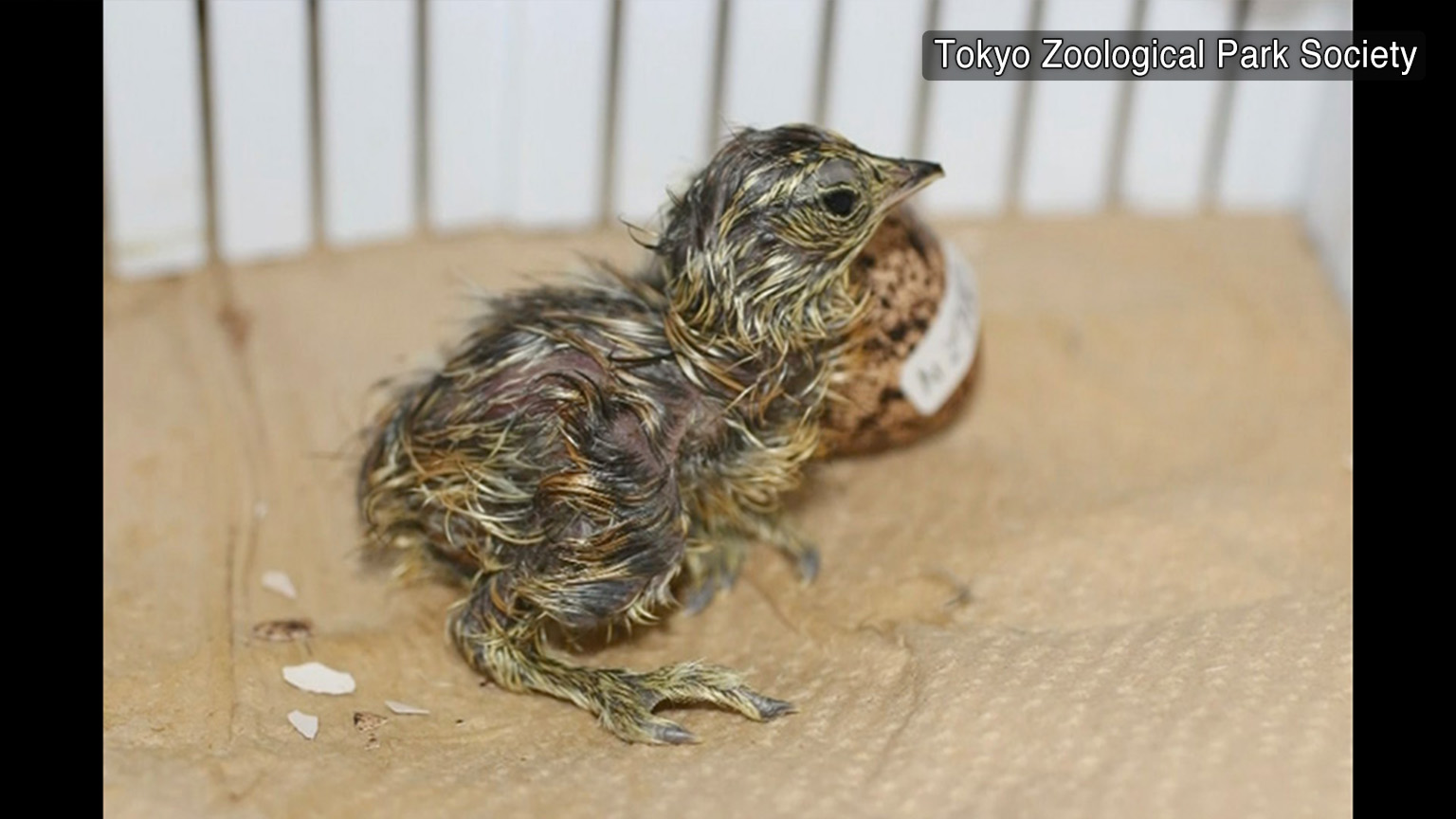
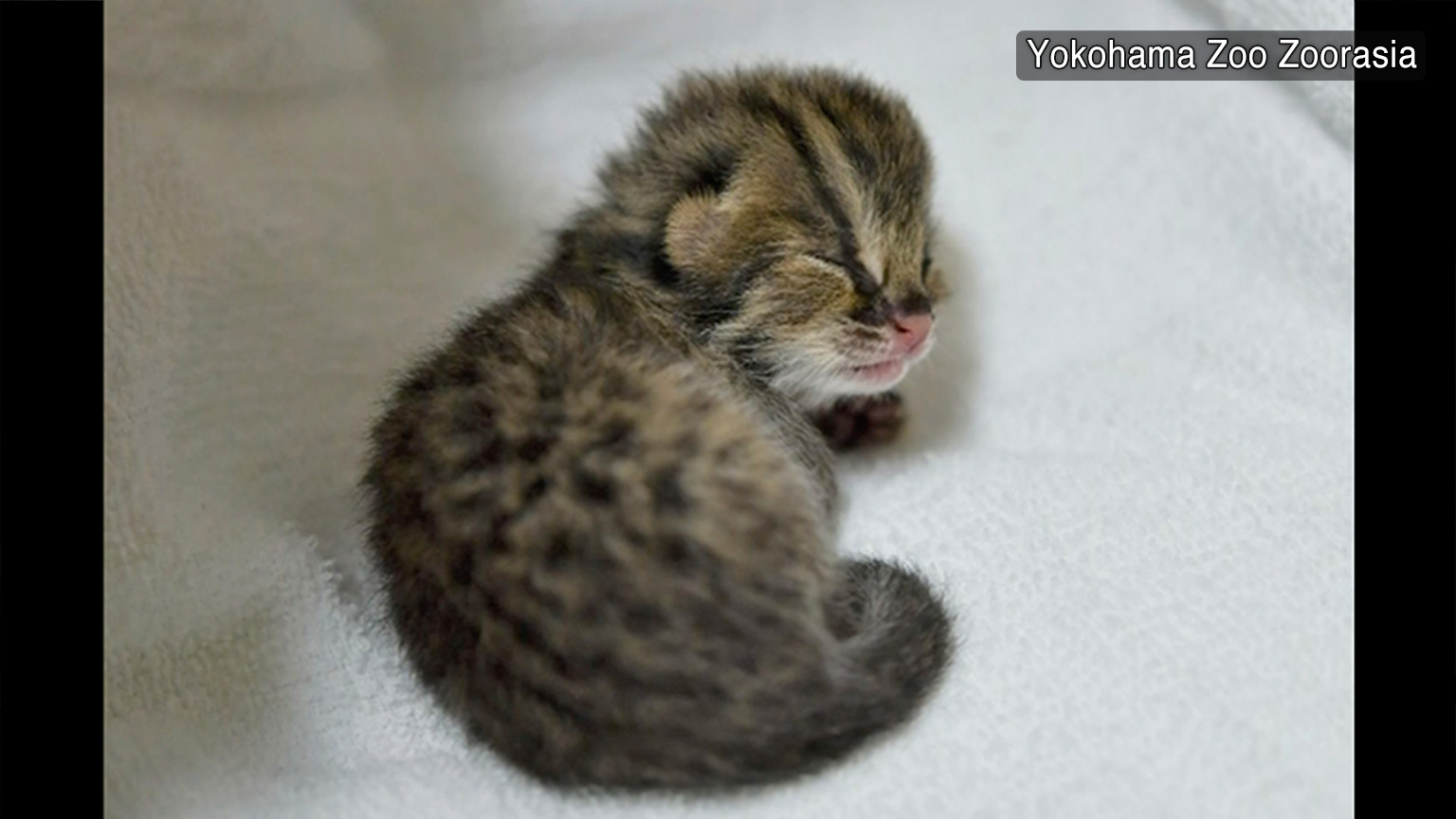
As the use of artificial insemination in animals expands, efforts are underway to cryopreserve the necessary sperm and ova.
A facility run by Yokohama City near Tokyo has preserved the frozen sperm and ova of rare animals in tanks filled with liquid nitrogen.
The facility, also known as a "frozen zoo," stores sperm from 54 species, including Malayan tapirs and koalas, and ova from three species.
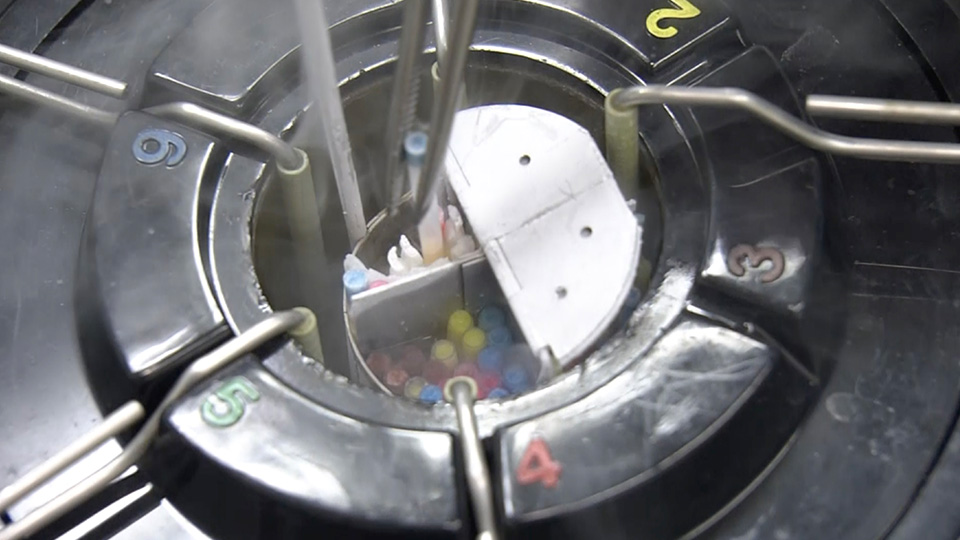
Similar facilities are currently being built in 10 locations across the country, led by the Japanese Association of Zoos and Aquariums.
However, there have as yet been no cases of successful artificial insemination using frozen sperm from this facility. The facility's chief, Ogata Mitsuaki, says this is due to the sperm lacking mobility after they have been thawed.
Hori Hidemasa, at the Japan Association of Zoos and Aquariums says natural reproduction is always preferable to artificial insemination. But he also notes that there's a human tendency to panic when natural resources are depleted, and to want to do something about it.
"If you don't need to do it, then you shouldn't do it," he said.
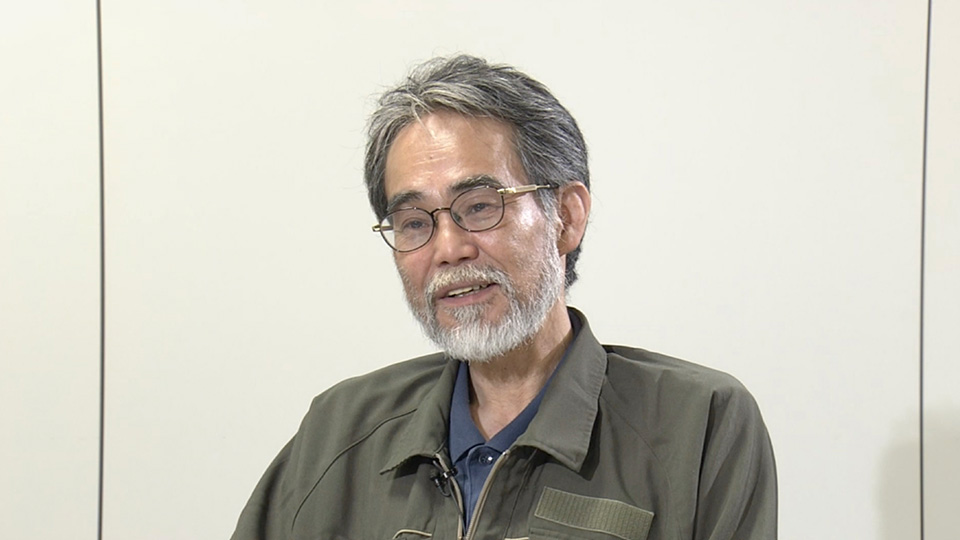
But Hori added that it will be necessary to rely on artificial insemination in the future to maintain zoos where the public can come into contact with animals.
"Given the difficulty of acquiring new animals, the only way to continue to keep them in captivity is to breed the ones we have now and try to replace them generation by generation," Hori said.
"If we don't work on this with a considerable sense of urgency, we will lose more and more animals from the zoo," he added.
